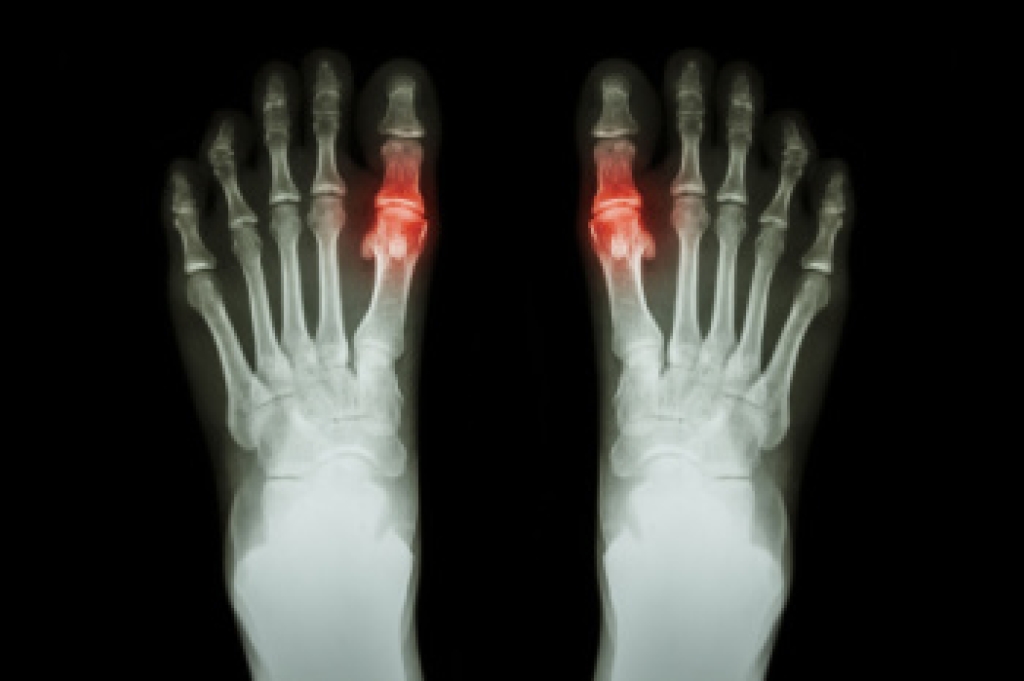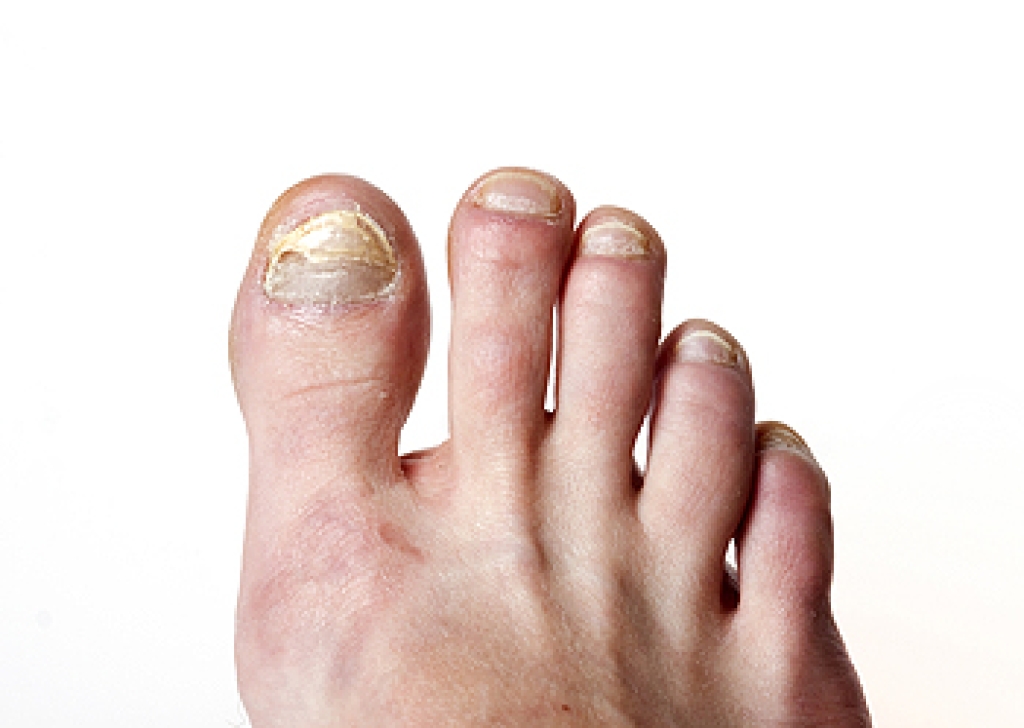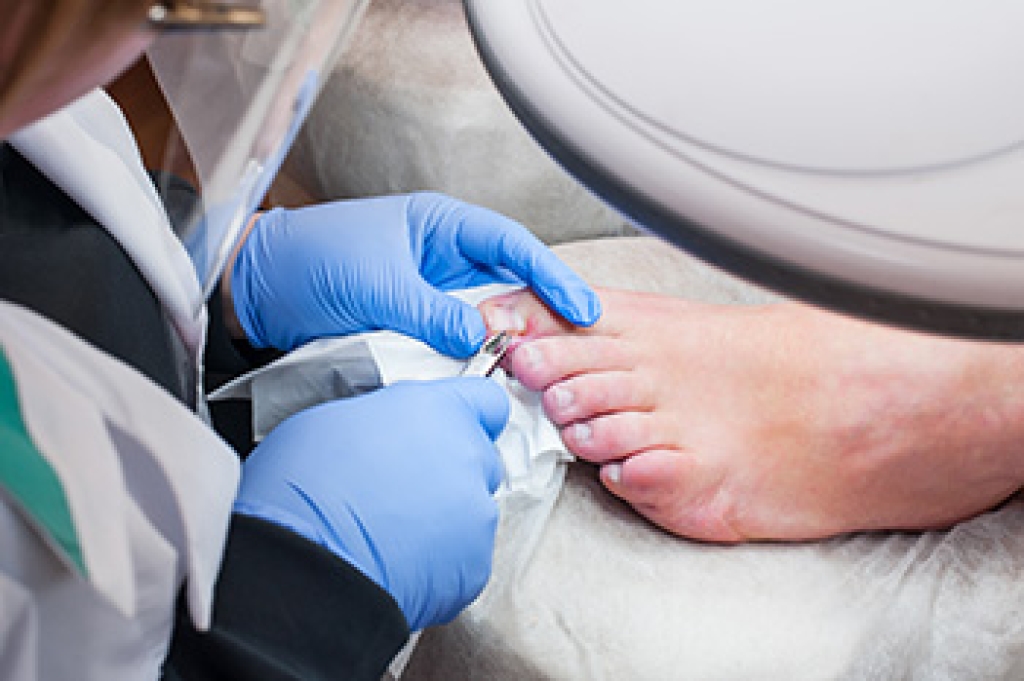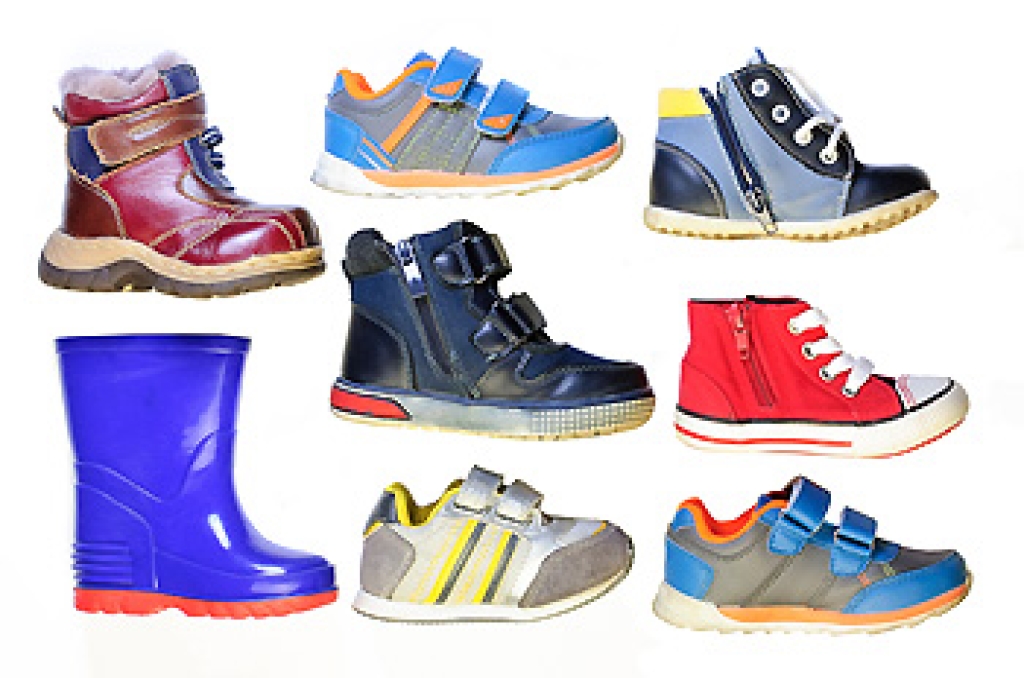
Gout is a form of arthritis caused by the buildup of uric acid crystals in the joints, often affecting the big toe. It leads to sudden pain, redness, and swelling, making it difficult to walk or wear shoes comfortably. Common causes include a diet high in purines, alcohol consumption, obesity, and certain medical conditions. Risk factors ,including genetics, kidney disease, and high blood pressure, can increase susceptibility. A podiatrist can help by diagnosing the condition, managing pain, providing custom orthotics, and offering guidance on diet and lifestyle changes. If you have pain in your big toe, it is suggested that you schedule an appointment with a podiatrist who can help you to manage this painful condition.
Gout is a foot condition that requires certain treatment and care. If you are seeking treatment, contact Edward Fryman, DPM, FACFAOM from Seaford Foot Care Center. Our doctor will treat your foot and ankle needs.
What Is Gout?
Gout is a type of arthritis caused by a buildup of uric acid in the bloodstream. It often develops in the foot, especially the big toe area, although it can manifest in other parts of the body as well. Gout can make walking and standing very painful and is especially common in diabetics and the obese.
People typically get gout because of a poor diet. Genetic predisposition is also a factor. The children of parents who have had gout frequently have a chance of developing it themselves.
Gout can easily be identified by redness and inflammation of the big toe and the surrounding areas of the foot. Other symptoms include extreme fatigue, joint pain, and running high fevers. Sometimes corticosteroid drugs can be prescribed to treat gout, but the best way to combat this disease is to get more exercise and eat a better diet.
If you have any questions, please feel free to contact our office located in Seaford, and Bethpage, NY . We offer the newest diagnostic and treatment technologies for all your foot care needs.




